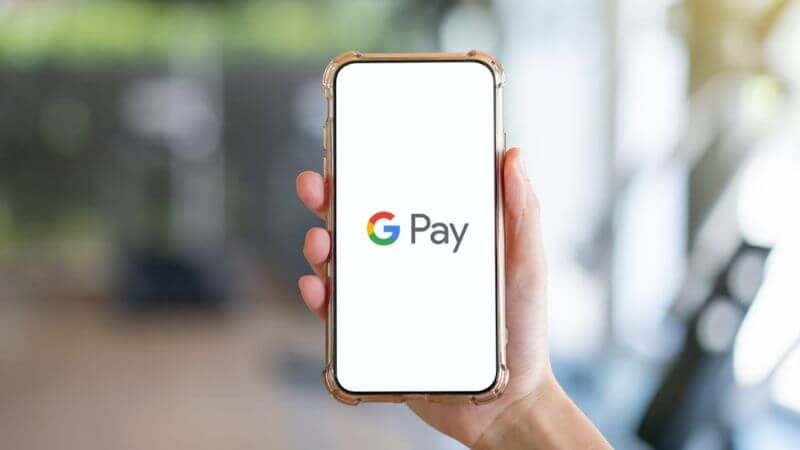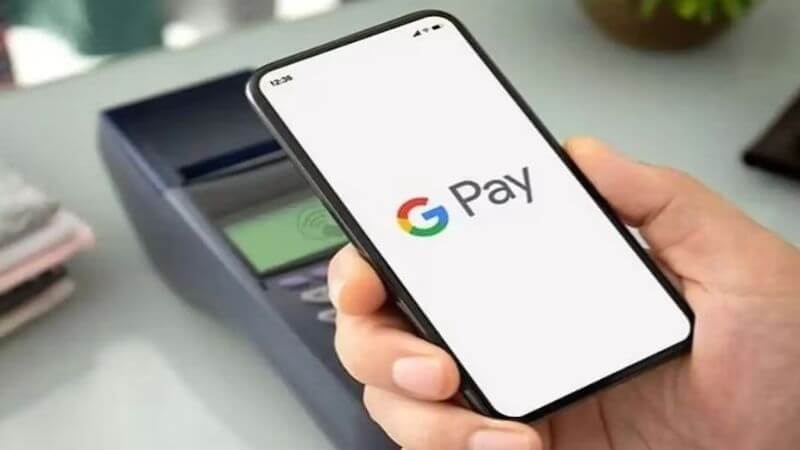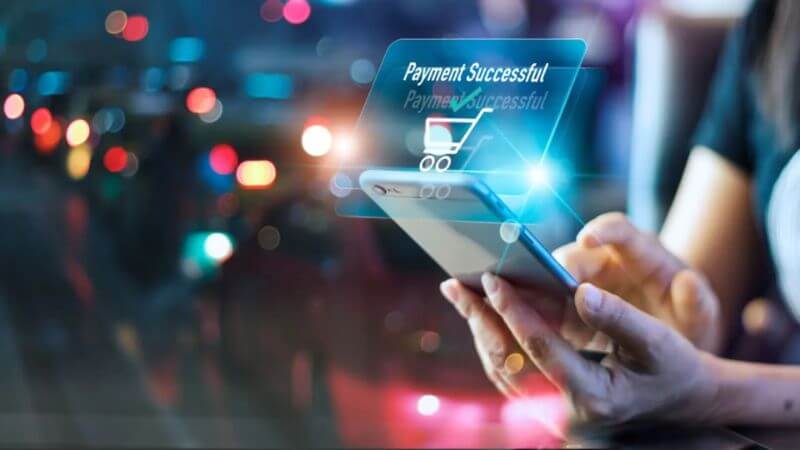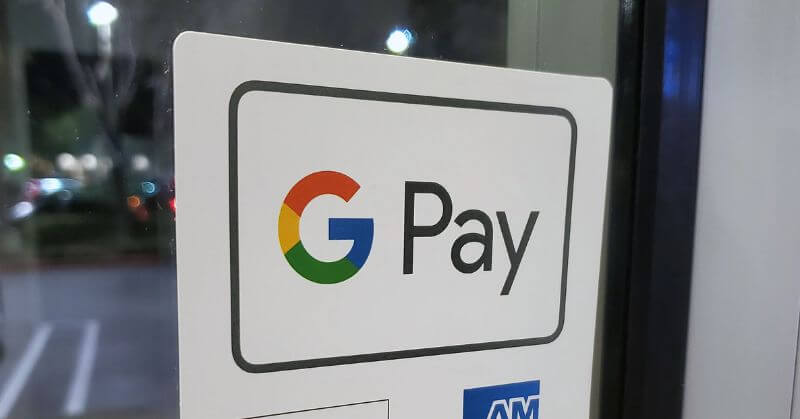Google Pay is changing the digital payment trend in India with a feature that lets its users make UPI payments without needing a bank account. This update opens the digital payment space for millions nationwide who do not have a bank account or prefer some alternative payment. The bank-free option makes Google Pay more inclusive, accessible, and convenient. So, here’s everything you need to know about this game-changing update.
A Closer Look At New Google Pay Feature

The country has seen digital payments skyrocket in the last couple of years. However, this is mainly possible only for a section of the people since many are discouraged from using banking-linked digital payment systems due to limited accessibility to banking facilities or reluctance to link their private financial details to internet-related platforms. The company is aware of this gap and, to bridge this gap has introduced a new feature through Google Pay: it allows users to make UPI payments without necessarily having a bank account, making the process much more accessible for millions of Indians to participate in digital transactions.
This was designed to address the specific needs of Indian users. Users can receive money directly from family, friends, or businesses with Google Pay without requiring a traditional bank account. It provides a mobile-linked, prepaid eRUPI voucher system that offers hassle-free and secure access to digital transactions, whether accessed regularly or on a minimal basis in the formal banking sector.
How Does It Work?
The essence of this feature lies in the innovative UPI Voucher system called eRUPI. Here is how it works:
1. eRUPI
A UPI Voucher Bank account is unnecessary to receive an eRUPI voucher. These digital coupons are tied to the user’s mobile number and send payments without bank linkage. UPI vouchers are a prepaid system that offers users a secure and convenient alternative.
2. Partial And Full Delegation Options
Google Pay offers the facility of payment permission delegation to the primary users. The above option is handy for families or groups who might want to allow each other to spend some amount while still managing their spending money. There are two variations:
- Partial Delegation: Primary users maintain complete control over each transaction. Secondary users can only make payment requests, which the primary user must approve.
- Entire Delegation: Here, primary users can set a specific monthly limit, such as Rs 15,000, for secondary users to spend. Secondary users can then use this balance for transactions without needing additional approvals.
With these delegation options provided by Google Pay, families can now have better flexibility and security in managing the primary user’s finances so that the primary user can monitor transactions while allowing the secondary user some freedom in personal finance.
Advantages For Indian Users

With Google Pay, several new features are more advantageous to those with less access to banking or even those who may prefer a digital solution that does not require a bank. Key benefits include:
- Financial Inclusion: India has a vast population of unbanked and underbanked consumers. The product will enable these users to perform digital transactions, which will help improve their financial inclusion and reduce their dependence on physical cash.
- Convenience and Flexibility: The eRUPI voucher system is straightforward; individuals will not be required to attach a bank account to enable the system to make payments. Therefore, The product is suitable even for people who wish to have a secondary, straightforward payment system for small or periodic expenses.
- Control Over Spending: Control over spending is just one of the delegations that allows the primary user to set up a monthly family allowance to a secondary user, creating another layer of control over the users’ money. It is very workable, and one person manages multiple users’ funds.
How Does This Feature Impact India’s Digital Payment Landscape?
Introducing bank-free digital payments marks a pivotal moment in the Indian digital finance ecosystem. The growing access to digital payments will further strengthen India’s position as a cashless economy. Specifically, with the country’s unbanked population and more than one billion people, it is very appropriate that this new feature from Google Pay can eventually help them become part of digital finance.
The other feature would help small business people, gig workers, and rural dwellers by offering them another payment method without a bank account. Google Pay is making digital payments more holistic by making it easy to encourage use; by this effort, India is nearing completion of its “Digital India” vision, which envisions transforming the country into a digitally empowered nation.
Future Prospects And Impact
To that end, the new feature offered by Google Pay may also serve as a benchmark for other digital payment platforms. Its success can encourage other companies to develop more solutions for those lacking formal access to banking services and further deepen the penetration of digital finance.
In the long term, this feature can increase digital literacy and comfort among those previously hesitant to engage in online transactions. As users become more familiar with this secure and accessible payment method, they may be more inclined to explore other digital financial services, from savings accounts to online shopping and bill payments.
Expanding Access To Digital Payments For Millions

It culminates Google Pay’s bank-free UPI, a transformative move forward in Indian digital payments. It allows millions to be a part of the economy without needing a traditional bank account, which promotes financial inclusion but sets the vision for a digitally empowered India. Google Pay is now breaking this glass ceiling in the industry and opening a door for other platforms that can provide even more inclusive financial solutions by removing barriers to accessing digital payments. Once massively adopted, it is promised to radically change how people in India generally engage with money and digital finance, leading to a more connected and financially inclusive future.
Follow Us: Facebook | Instagram | X |
Youtube | Pinterest | Google News |
Entertales is on YouTube; click here to subscribe for the latest videos and updates.














